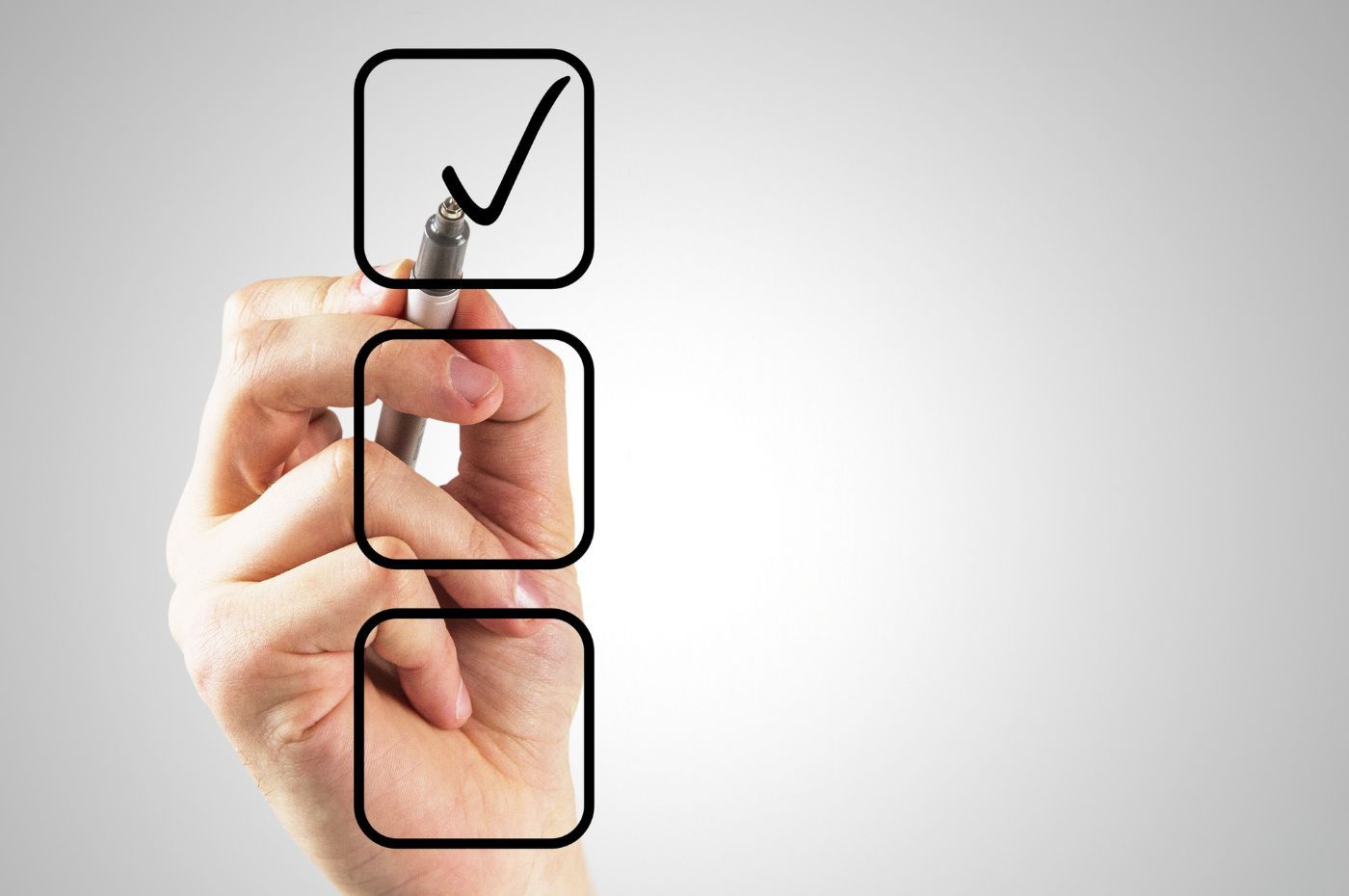Are you looking to buy your first home, or after years of renting, do you want to become a homeowner again?
In either case, you may benefit from a financial program designed to help you acquire the property you want: the Home Buyers' Plan (HBP).
Commonly known as the HBP, this program in Canada is aimed at assisting first-time homebuyers in saving for the down payment needed to purchase their home.
This article will cover everything you need to know about it.
What is the Home Buyers' Plan (HBP)?
The HBP is a federal program in Canada designed to make homeownership more accessible. It allows individuals to withdraw a specific amount from their Registered Retirement Savings Plan (RRSP) without facing any tax penalties.
The funds withdrawn can then be used to purchase or build an eligible home.
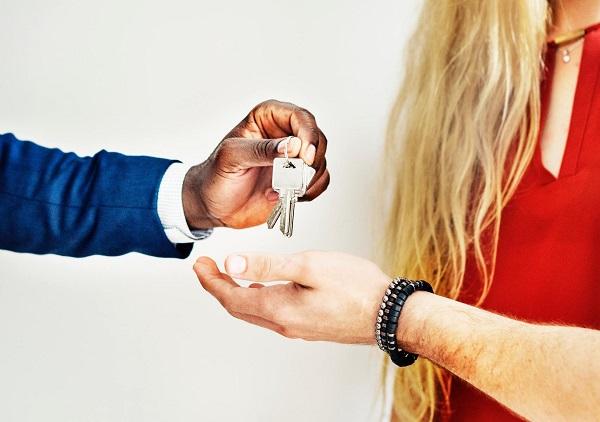
Who is eligible to participate in the Home Buyers' Plan (HBP)?
You can participate in the HBP either for yourself or on behalf of a related person with a disability. To qualify for the program, you (or the person with a disability you are representing) must meet the following requirements:
-
Be considered a first-time homebuyer.
-
Have a written agreement to purchase or build a property.
-
Be a resident of Canada from the time of withdrawal until the transaction is complete.
-
Intend to occupy the property as your principal residence within one year of the purchase or construction.
-
If you’ve previously used the program, ensure the balance of your HBP is zero by January 1 of the year you make a new withdrawal.
Who is considered a first-time homebuyer?
You are considered a first-time homebuyer if you haven't lived in a home that you or your spouse owned within the four years leading up to your application.
This means that if you’ve previously owned a home but have been renting for more than four years, you may still qualify for the program.
However, if your participation is on behalf of a person with a disability, the four-year condition does not apply.
Which properties are eligible for the program?
To qualify for the HBP, the property must be located in Canada and can either be newly constructed or already existing. Eligible properties include:
-
A single-family home, semi-detached home, townhouse, or mobile home
-
A condominium
-
A multi-unit building (duplex, triplex, quadruplex)
-
A residential building
Shares in a housing cooperative may also be eligible, as long as they grant you the right to own a residence in Canada. However, a cooperative that only gives you the right to live in the property is not eligible under the HBP.
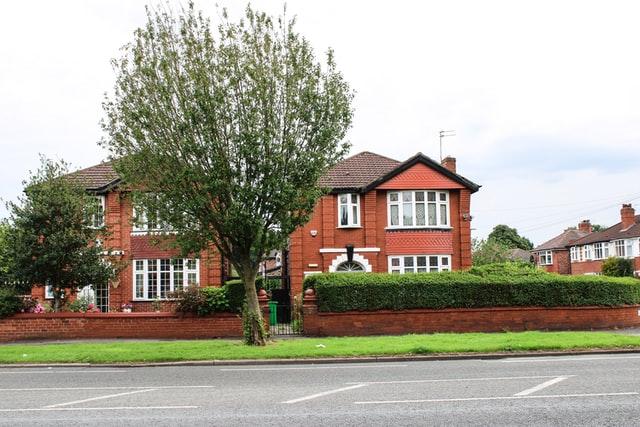
What is the maximum amount that can be withdrawn from your RRSP?
Under the HBP, an individual can withdraw up to $60,000 from their RRSP in a calendar year without paying tax on the withdrawal.
If both partners in a couple are eligible, they can combine their withdrawals, allowing for up to $120,000 ($60,000 each).
Before March 20, 2019, the withdrawal limit was $25,000. This limit was then increased to $35,000 per person, and in April 2024, the Canadian government raised it again to the current $60,000 per person.
How does the HBP work?
Here are the key points to keep in mind before withdrawing, repaying, or cancelling your participation in the program.
-
How to withdraw funds from your RRSP?
Before you can participate in the HBP and withdraw funds from your RRSP, you must have a written agreement to confirm your intention to purchase or build an eligible property for yourself or a related person with a disability.
Once you're approved for the program, you can proceed with the withdrawal. You will need to complete the T1036 - Home Buyers' Plan (HBP) - Request to Withdraw Funds from an RRSP form. This form must be completed for each withdrawal.
You can make one or multiple withdrawals within the same calendar year, based on your preference.
You’re allowed to withdraw funds from more than one RRSP, as long as you are the holder of each account. As long as you stay within the withdrawal limit, you won’t need to pay tax on the amount withdrawn.
However, keep in mind that some RRSP accounts, such as closed-end RRSPs or group RRSPs, may not allow withdrawals.
Any amount exceeding the $60,000 limit must be declared as income when filing your annual tax return for the year you received the funds. The excess amount will be subject to taxes.
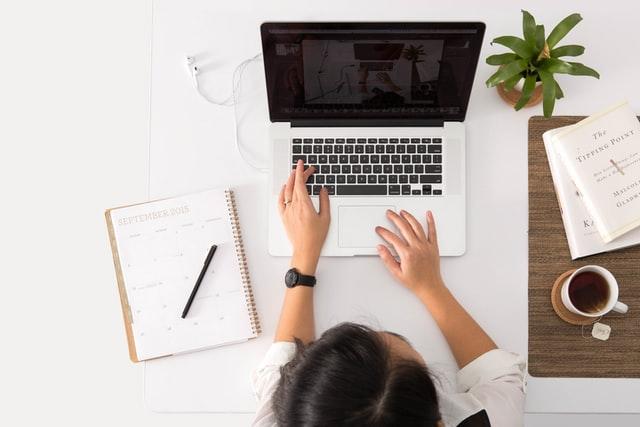
2. How to repay the money withdrawn from your RRSP via the HBP?
It's important to remember that the funds you withdraw under the HBP are not a gift; they essentially act as a loan to yourself, meaning you must repay the amount you borrowed.
The maximum repayment period
The amount withdrawn from your RRSP through the HBP must be repaid within a maximum period of 15 years.
The repayment period starts in the second calendar year following the year of withdrawal. For example, if you withdraw funds in 2025, you must begin repaying by 2027.
You can choose to repay the amount earlier if you'd like. While your overall repayment period stays the same, making early payments will reduce the amount you need to repay in the first year.
Repayment amounts
Each year after participating in the HBP, you will receive a statement from the Canada Revenue Agency (CRA). This statement will include the following information:
-
The amount you’ve repaid so far (including any unpaid amounts declared as income and any additional payments).
-
The remaining balance of your HBP.
-
The amount you need to contribute to your RRSP and designate as a repayment for the following year.
Any amounts that are not repaid in a given year must be included in your income for that year, and you will not be entitled to tax deductions for that portion.
You also have the option to repay the entire amount to your RRSP at any time.
How to report the repayments
From the first year you make an HBP withdrawal, you must file a tax return with the Canada Revenue Agency (CRA). This will continue each year until your repayment is complete.
To report the repayments, you need to fill out the 5000-S7 Schedule 7 - RRSP, PRPP, and SPP Contributions and Transfers, and HBP and LLP Activities (for all) form.
It’s important to note that you must file this form even if you have declared bankruptcy or if you do not owe taxes for the current year.
For more information, you can refer to the official website of the federal government.
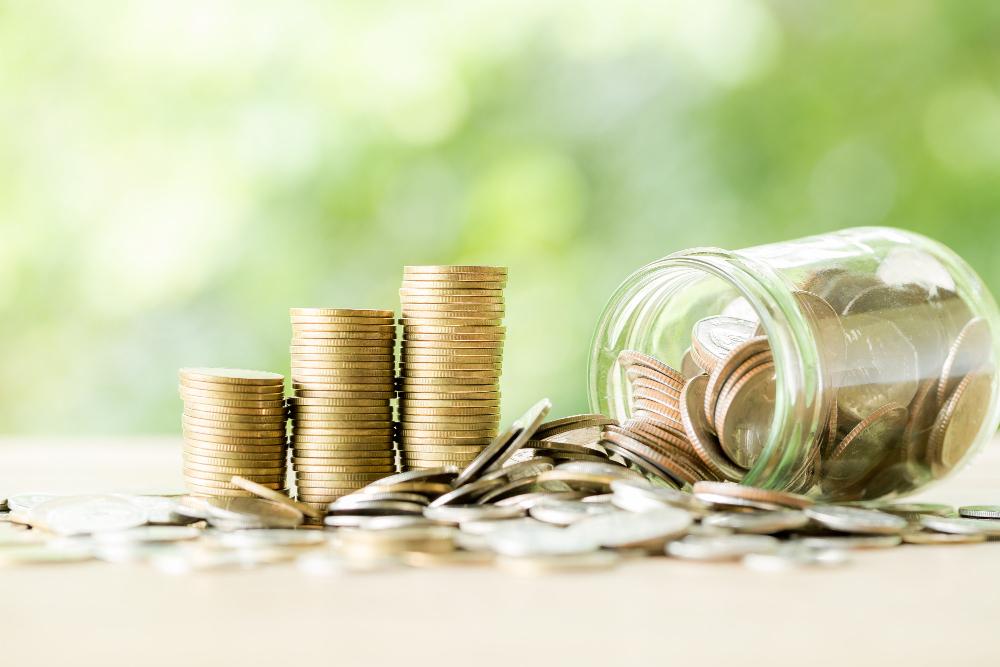
3. How to cancel your participation in the HBP?
In rare cases, you can cancel your participation in the Home Buyers' Plan (HBP). This applies if you (or the person with a disability you are representing) did not purchase or build an eligible home or a replacement property.
If you decide to cancel your participation and repay all the amounts withdrawn from your RRSP by December 31 of the year following the year you received the funds, your withdrawals will not be taxed.
However, in most situations where all HBP conditions are met, cancellation of participation is not possible.
Can the HBP be combined with other property purchase grants?
Before moving forward with your property purchase, it’s a good idea to explore additional financial assistance programs you may be eligible for. Along with the HBP, there are several other financial aids available, including:
-
First-Time Home Buyer Incentive (FTHBI)
-
First-Time Home Buyers' Tax Credit
-
GST/HST Rebate for New Homes
-
Financial assistance for purchasing an eco-friendly home
-
Various grants offered by municipalities in Quebec
In some cases, you may be able to combine multiple financial aids. This is why it’s important to research your options, as combining grants can significantly boost your ability to finance your real estate project!
HBP vs. FHSA: which is more advantageous?
The choice between the HBP and FHSA depends on your financial situation and long-term goals.
The HBP is a great option if you’ve already accumulated funds in an RRSP and are comfortable with gradually repaying the amounts you withdraw. It offers flexibility in using your RRSP savings for a home purchase.
On the other hand, the First Home Savings Account (FHSA) is a solid choice for those just starting their savings or looking to optimize their tax situation. The key benefit of the FHSA is that there’s no repayment requirement for the amounts withdrawn, which can simplify the process.
It’s also possible to combine both programs to maximize your financial resources when purchasing your home, offering a more comprehensive approach to homeownership.
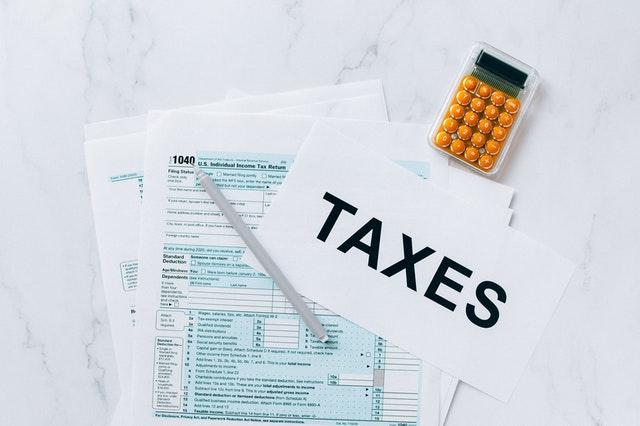
FAQ on the Home Buyers' Plan (HBP)
Here are some frequently asked questions regarding the HBP and how it works:
1. Can I use the HBP if my spouse is a property owner?
Yes, you can still use the HBP even if your spouse is a property owner, as long as you meet the individual eligibility criteria. For example, if you haven’t owned a home in the past four years and plan to buy a primary residence, you’re eligible for the program, even if your spouse owns a property. However, only you, as the first-time homebuyer, will be able to benefit from the program.
2. How does the repayment of the HBP work?
Repayment of the HBP is spread over 15 years. Each year, you must repay at least 1/15th of the total amount you withdrew from your RRSP. Repayments begin the year after you make the withdrawal.
3. Is it mandatory to repay the amount withdrawn from the RRSP?
Yes, you are required to repay the amount withdrawn from your RRSP within 15 years. If you fail to make the repayment on time, the amount not repaid will be included in your taxable income for that year, and you will have to pay tax on it.
4. Can I use the HBP if I am not a first-time homebuyer?
The HBP is primarily intended for first-time homebuyers. However, if you haven't owned a home in the past four years, you can still use the program, even if you've been a homeowner before.
5. Can I withdraw more than $35,000 for my property purchase?
The limit was previously set at $35,000 per person, but it has since been increased. The current maximum withdrawal under the HBP is $60,000 per person, or $120,000 for a couple.
6. Are there any fees associated with the HBP?
The HBP itself does not have fees, but there may be administrative fees for withdrawing funds from your RRSP. Additionally, if you do not repay the funds on time, there may be tax penalties.
7. Is the HBP tax-advantageous?
Yes, the HBP is tax-advantageous. The main benefit is that it allows you to withdraw funds from your RRSP without paying taxes at the time of withdrawal. The repayment is spread over several years, which helps minimize the immediate tax impact. However, you will need to pay taxes on any amounts that are not repaid.
8. Can I use the HBP to purchase a second property or vacation home?
No, the HBP is only for purchasing your primary residence. You cannot use the funds to buy a secondary property or vacation home.
9. Is it possible to reuse the HBP if I sell my home after using the program?
Yes, if you have followed the repayment plan and sold your first home, you may be eligible to use the HBP again, provided you meet the timing and eligibility criteria.
10. Can I use the HBP to buy a condominium?
Yes, you can use the HBP to purchase a condominium, as long as it’s your first home and you meet the other eligibility requirements.
Are you looking to buy your first property?
XpertSource.com can help you find a real estate broker. When you tell us about your project, we put you in touch with qualified resources for free. Simply fill out our form (it only takes a few minutes) and we will connect you with professionals.




